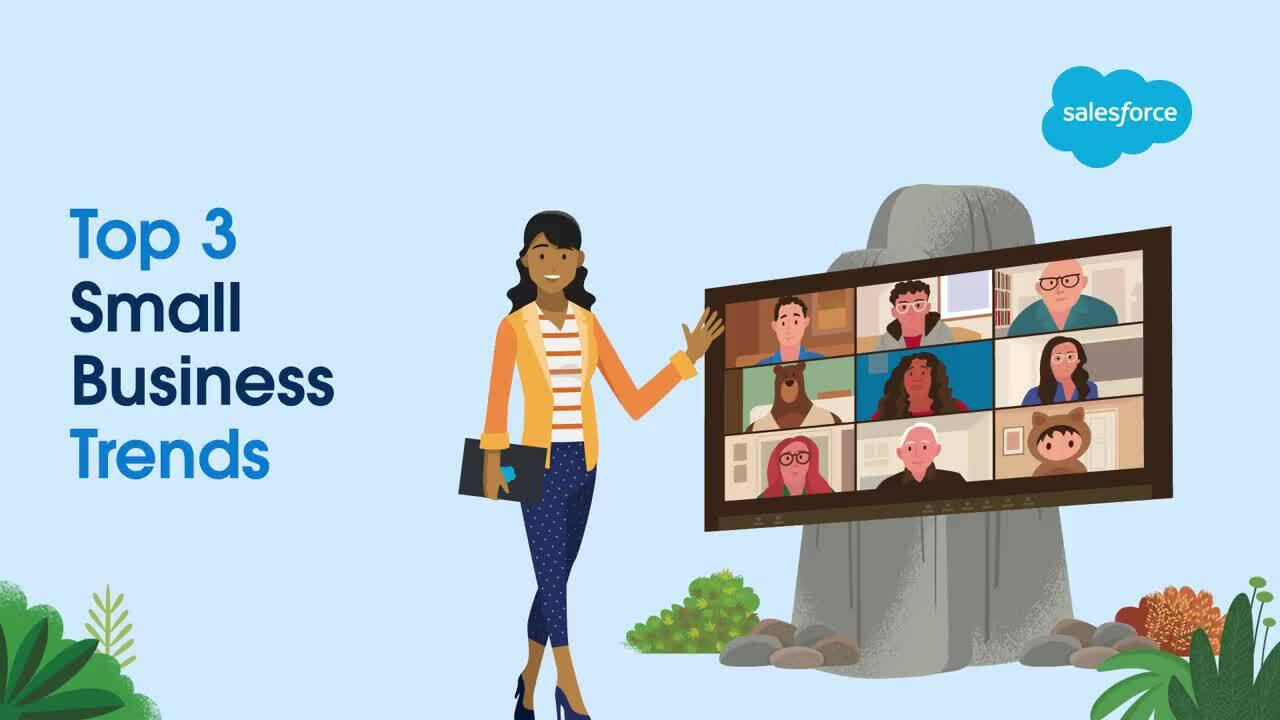Last year was an unpredictable one for small and medium-sized businesses (SMBs) in the ASEAN region. As we look forward, we can’t be certain about what the year ahead holds for us. That said, we do have recent research that hints at the trends that will be important in 2022.
In the fifth edition of the Small and Medium Business Trends report, The Harris Poll spoke with 2,500 SMB leaders across the world. The results illustrated new trends, highlighting the links between revenue growth and certain approaches to business.
This latest update of the report shows that SMBs consider attracting new customers to be their number one challenge. This is consistent with the results from the previous editions. On top of that, the new report also shows that SMB leaders worry about retaining existing customers more than they used to.
For the SMBs planning in the months ahead, we believe these three trends will determine who’s staying ahead of the curve and who isn’t.
1. A focus on shifting customer expectations
The pandemic accelerated customers’ digital habits and their appetite for seamless, omnichannel experiences. It’s little wonder that survey responses show that 92% of SMBs in Singapore and Thailand plan to offer contactless services permanently. More than half of SMBs have increased customer engagement channels.
Customers don’t just expect more channels. They also expect convenient and personalised experiences with your business. Any time, anywhere. SMBs say that keeping up with demand and personalisation are two of their biggest customer engagement challenges. Therefore, SMBs will need to keep finding scalable solutions for meeting new expectations.
That’s why we’re confident 2022 will see an even greater focus on reshaping business operations around customers’ evolving needs and expectations.
2. Happy employees mean happy customers
Customers aren’t the only ones with changing expectations.
Salesforce research reveals that flexible working arrangements are now the number one employee expectation in Singapore — with growing SMBs more likely to provide this. In Thailand, the focus is on employee safety, with mask wearing and access to vaccinations among the top concerns.
Great customer experiences depend on employees having the data, tools, and circumstances necessary to do their jobs well. Empowering your employees with the right tools will lead to greater job satisfaction. This, in turn, leads to a sharper focus on customer needs.
3. Investments in technology that empower customers and employees
Underpinning these trends are digital solutions that empower both employees and customers.
Solutions in marketing and sales empower employees through better, more holistic customer data, helping them meet evolving customer needs. Additionally, technology like self service, AI, and chatbots can help SMBs’ service teams meet demand, while customers are freed to find answers on their own.
-
For sales, a CRM solution gives teams access to information about prospects in great detail and at a massive scale. With so much information on each prospect, your sales team has the power to deliver a personalised sales pitch every time.
-
Marketing teams can use CRM to organise marketing campaigns and assets in one place. With one central hub for marketing campaigns and lead records, your marketing team will also have unprecedented visibility into how campaigns are performing and driving revenue for the business.
-
Customer service teams can use CRM to get one cohesive view of the customer. Agents will have access to complete case histories, detailed account information, and even the customer’s preferred method of communication. All this information makes it easier for your agents to provide personal service that will turn customers into advocates for your company.
More than three-quarters of SMBs from Singapore and Thailand said they wouldn’t have survived the pandemic if they had been using technology from 10 years ago. It makes sense, then, that customer service technology, as well as sales and marketing solutions, are among the top investments made by SMBs in Singapore and Thailand.
Want to learn more?
No matter what 2022 brings, we’re sure that continued digitalisation built on a flexible tech foundation will be key to future success.
In our recent webinar, 4 Key SMB Trends shaping the future of work, Brian Solis, Global Innovation Evangelist, put it this way:
In the webinar, we discussed the main trends affecting small and medium businesses today. Brian also talked about what SMBs can do now to help them grow in the future.
Watch the webinar on how the latest key SMB trends can shape your future of business.


























